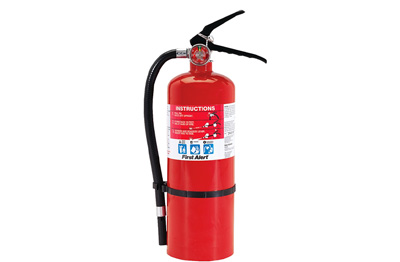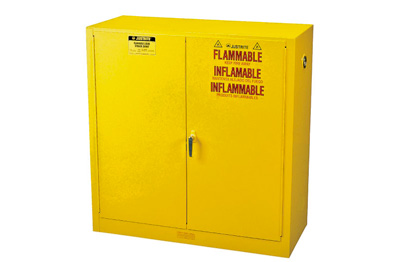
How to Prepare for a Workplace EmergencyThursday, September 17, 2015 Ever hear the old military adage about prior proper planning? It goes like this: “Prior proper planning prevents poor performance.” Although we don’t all have commanders at work, taking a page out of the military’s handbook is the best way to plan for workplace emergencies and evacuations. According to OSHA, a workplace emergency is an unexpected situation that affects your employees and customers, affects your operations or causes physical or environmental damage. This can include floods, fires, workplace violence or civil disturbances. The best way to safeguard against these situations is to develop an emergency action plan. OSHA requires some businesses to have emergency action plans by law, but not all. However, even if you’re not required to do so, it never hurts to prepare. Below are some of the points OSHA says your emergency action plan should include (you can find the complete list of recommendations on pages 2 and 3 here):
All of these can and must be adapted to your particular building and situation. For instance, emergency and evacuation procedures might be slightly different for high-rise buildings as opposed to low-rise buildings, so it’s important to do your research. Basically, leadership and planning are the main points you need to make sure emergency situations go as smoothly as they can and you can begin operating business as usual as soon as possible. The government has online tools in place to help you craft an emergency action plan if you never have before or if you want to review your current procedures. Once you have your emergency action plan completed, share it with your employees and publish needed materials, such as escape routes, in common workplace areas. |


 Sometimes a workplace emergency will require an evacuation of the people on the premises. Local disasters and events may mean authorities will order you to evacuate the building. In all other cases, it is crucial that you appoint a person in charge of deciding whether to evacuate the premises and establish a clear chain of command. A disorganized evacuation can have unfortunate consequences, such as personal injuries and property damage.
Evacuation procedures should also be included in your emergency action plan. Below are some useful evacuation elements that every plan should have:
Sometimes a workplace emergency will require an evacuation of the people on the premises. Local disasters and events may mean authorities will order you to evacuate the building. In all other cases, it is crucial that you appoint a person in charge of deciding whether to evacuate the premises and establish a clear chain of command. A disorganized evacuation can have unfortunate consequences, such as personal injuries and property damage.
Evacuation procedures should also be included in your emergency action plan. Below are some useful evacuation elements that every plan should have:







